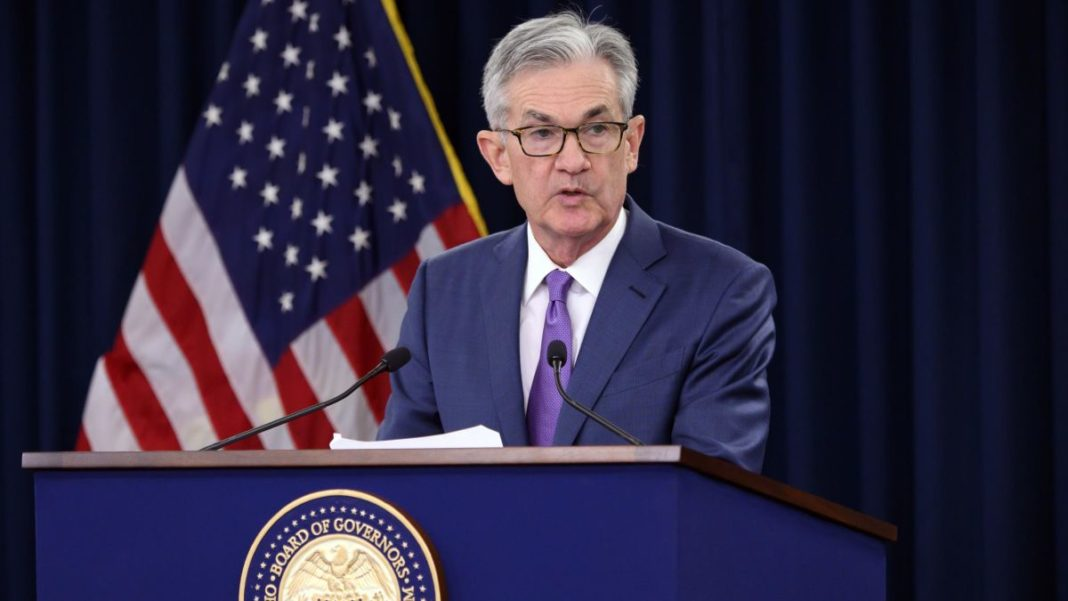Trade over 1500 Instruments.
Anywhere, anytime.
News / U.S. existing home sales drop more than expected in September
U.S. existing home sales drop more than expected in September
The National Association of Realtors said on Tuesday that existing home sales fell 2.2% to a seasonally adjusted annual rate of 5.38 million units last month, reversing two straight months of gains. August’s sales pace was upwardly revised to 5.50 million units.
Economists polled by Reuters had forecast existing home sales declining 0.7% to 5.45 million units.
The U.S. Federal Reserve has cut interest rates twice this year, which has bolstered the housing market by lowering mortgage rates. Investors expect another interest rate cut when policymakers meet next week.
The 30-year fixed mortgage rate has dropped more than 125 basis points since last November’s peak to an average of 3.69%, according to data from mortgage finance agency Freddie Mac.
But home sales have seesawed for much of this year as a chronic lack of properties on the market has inflated prices, keeping them unaffordable for many would-be homeowners. Land and labor shortages have also crimped supply.
There were 1.83 million homes in the market last month, a decline of 2.7% compared to a year ago. It was the fourth consecutive month of year-on-year inventory declines.
Data last week showed homebuilding tumbled from a more than 12-year high in September, but single-family home construction rose for a fourth straight month.
The median existing house price increased 5.9% from a year ago to $272,100 in September, the strongest price appreciation since January 2018. It was the 91st consecutive month of year-on-year price gains.
“We had hoped price increases would be in line with wages…but that is not the case,” said NAR Chief Economist Lawrence Yun.
Existing home sales rose 3.9% from one year ago, the NAR said. Sales fell across the nation’s four regions last month. They dropped 3.1% in the Midwest and 2.8% in the Northeast. They declined 2.1% in the South and edged 0.9% lower in the West.
At September’s sales pace, it would take 4.1 months to clear the current inventory, down from 4.4 months a year ago. A supply of six to seven months is seen as a healthy balance between supply and demand.
Source: Reuters
Have a question?
Our dedicated multi-lingual customer service teams work 24/5, providing the highest possible level of support for all your trading needs.
Contact us
Office Suite 1666
Level 16 (A), Main Office Tower
Financial Park Complex Labuan
Jalan Merdeka
87000 Labuan F.T, Malaysia
License and Regulation: Golden Brokers Ltd. is authorised and regulated by the Labuan Financial Services Authority (“LFSA”) with license number MB/19/0030. As such, Golden Brokers Ltd. is authorised to conduct business as Money Broker and carry out certain categories of financial investment business as permitted under the Labuan Financial Services and Securities Act 2010.
GOLDEN BROKERS LIMITED does not offer its services to the residents of certain jurisdictions such as: Afghanistan, Cuba, Crimea, Israel, Sudan, North Korea, Ethiopia, Iran, Bosna and Herzegovina, Iraq, Lao People's Democratic Republic, Syria, Uganda, Vanuatu, Malaysia, Yemen, EU, US, Russia.
Risk Warning: CFDs are complex instruments and come with a high risk of losing money rapidly due to leverage. You should consider whether you understand how CFDs work and whether you can afford to take the high risk of losing your money. Please read the full Risk Disclosure












